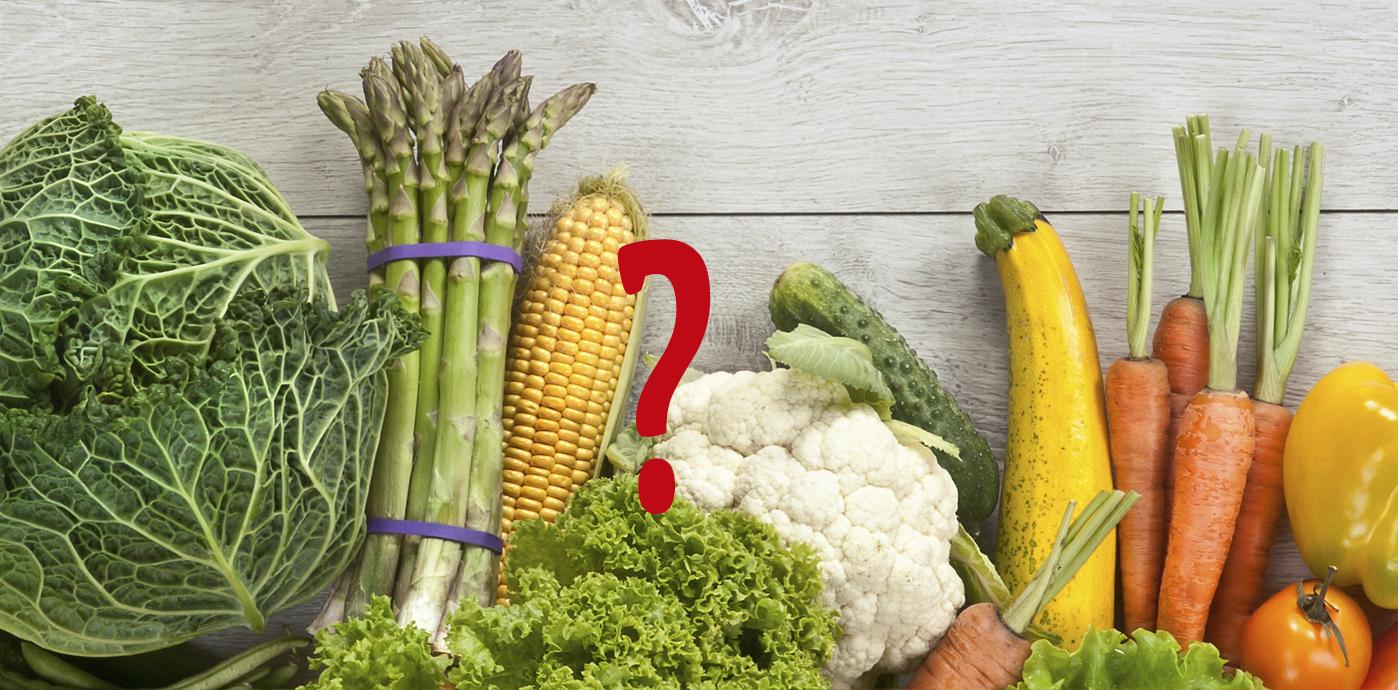A number of issues commonly crop up concerning vegetarian and vegan diets, or plans for cutting back on meat and boosting your consumption of plant foods. Here’s a look at some of the most common queries.
Sharon Palmer, our consulting dietitian, offers these up-to-date replies to popular concerns about vegetarian and plant-based diets.
1. Is a vegetarian or vegan diet nutritionally adequate for everyone?
The Academy of Nutrition and Dietetics reports that well planned vegetarian and vegan diets are nutritionally adequate during all life stages—childhood, adolescence, adulthood, and older adulthood. In fact, research shows that these diets can offer many health advantages. The important thing is to plan your vegetarian or vegan diet in accordance with nutritional guidelines in order to meet your needs for all essential nutrients.
2. Is it difficult to get enough protein on a vegetarian or vegan diet?
It’s completely possible to meet your protein needs on a vegetarian or vegan diet. Most plant foods contain proteins—some are very rich in protein and contain amounts comparable to meat. For example, ½ cup of legumes such as beans, lentils, or peas contains about 7 grams of protein—about the same amount of protein found in 1 ounce of lean meat, poultry, or fish. Nuts and seeds, including peanuts, walnuts, almonds, pistachios, sunflower seeds, hemp, chia, and flax also contain good sources of protein. In addition, whole soy foods, including soy milk, tofu, edamame, and soy beans are very rich in protein. Grains and vegetables can contribute a good amount of protein to your diet as well. And if you consume eggs and dairy products, these foods contribute very high amounts of protein. It’s essential to make sure that you gain good sources of protein at each meal. Click here for a list of High Protein Plant Foods.
3. Are vegetarians deficient in some nutrients?
A vegetarian or vegan diet can meet all of your nutritional needs, if it’s well planned. It’s generally easy to meet your needs for protein, minerals, and vitamins on a vegetarian diet, which includes dairy and egg products and a variety of grains, legumes, vegetables, fruits, nuts, and seeds. A vegan diet requires a little more planning in order to meet certain nutrients, such as calcium, vitamin D, and vitamin B12. Calcium can be consumed in calcium-rich soy foods, green vegetables, and other sources. Vitamin D can be obtained through exposure to the sun, as well as mushrooms exposed to sunlight and fortified foods. Vitamin B12, found in animal foods, must be supplemented in the diets of vegans. (LINK TO RESOURCE CHARTS) It’s also important to remember that vegetarian diets are generally higher in vitamins, minerals and phytochemicals, compared with non-vegetarian diets.
4. Doesn’t a vegetarian or vegan diet require a lot of planning and preparation?
A vegetarian or vegan diet can be very simple. It can include easy to prepare foods like whole grain breakfast cereals with milk or plant-based milk, sandwiches made with nut or seed butters, veggie burgers, tofu stir-fries, pasta dishes, whole grain side dishes, bean burritos, bean or lentil chilis or stews, and vegetable dishes. It has become very common to find vegetarian ingredients, such as legumes, whole grains, vegetables, fruits, nuts, seeds, non-dairy milk, and tofu at most supermarkets today. Check out OVN’s best vegetarian recipes to see how easy it can be.
5. Aren’t vegetarian or vegan diets boring and bland?
On the contrary—a vegetarian or vegan diet can be tasty, delicious, and satisfying. While meat choices are limited in variety in your basic animal foods, such as beef, pork and chicken, there are literally thousands of plant foods that come in a variety of colors, textures, and flavors. There is no end to the combinations of flavorful foods that you can create with whole, plant foods. When you prepare plant foods with healthy fats, including extra virgin olive oil and avocados, you further enhance the flavor of these foods.
6. How can I get started on a healthy vegetarian diet?
If you’re considering a vegetarian diet, you might want to get started by going meatless once or twice a week to see how simple and delicious this eating style can be. It’s simple to start out the day eating plants—just choose whole grains, nuts, seeds, beans, milk or plant-based milk products, fruits, and veggies in dishes like cereals, pancakes, omelets, and burritos. Choose a grilled vegetable salad or sandwich with soup for lunch. And try something creative for dinner, such as a tofu stir-fry, vegetable lasagna, or lentil stew paired with whole grains and a salad. Click here for more tips to help you get started.
7. Why should I consider a vegetarian diet?
Plant-based diets have been linked with many health benefits, including lower risk of heart disease, type 2 diabetes, and cancer. In addition, people on vegetarian and vegan diets weigh less than non-vegetarians. You can also reduce your carbon footprint by following a vegetarian or vegan diet. In fact, the Adventist Health Study 2 found that vegans have half of the carbon footprint of non-vegetarians. Click here to read some of the latest studies that support vegetarian diets.


